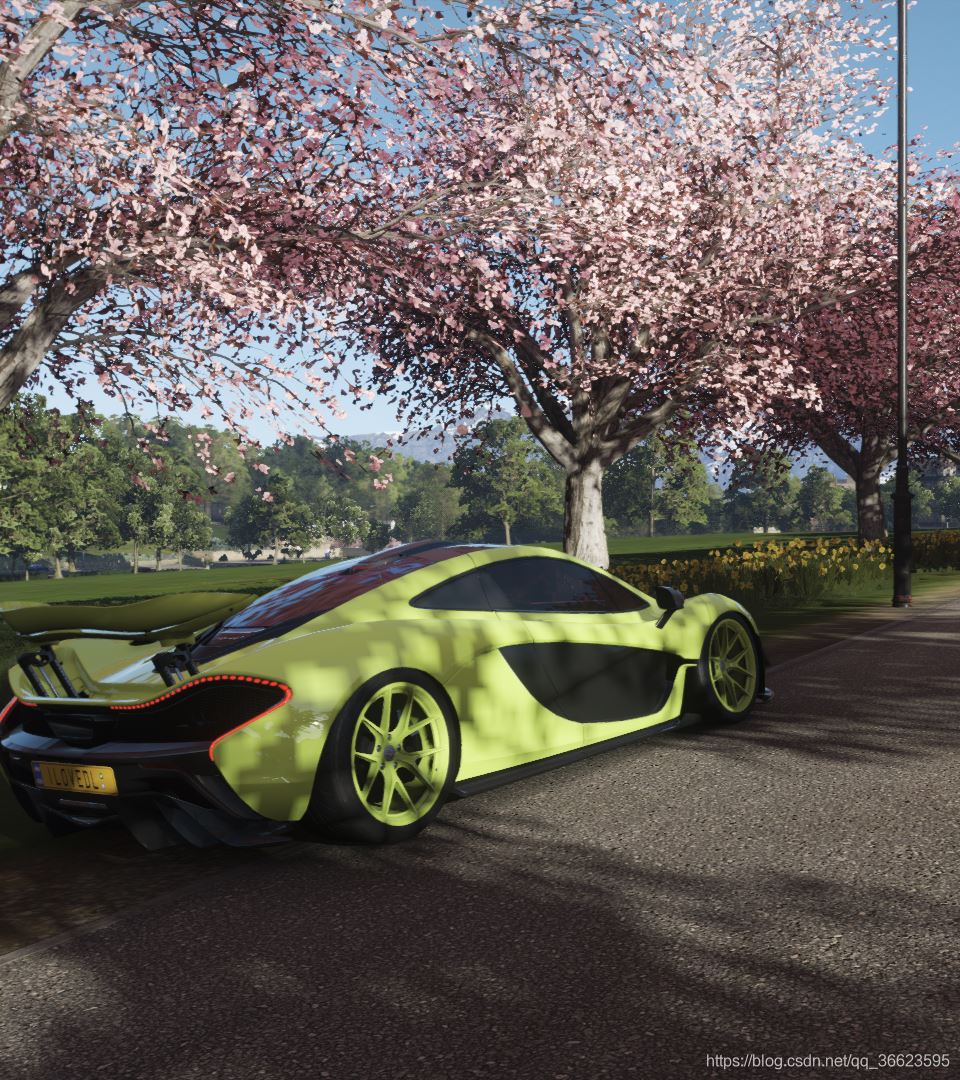使用stitcher需要注意,图像太大会报错而且计算慢。
特点和适用范围:图像需有足够重合相同特征区域。
优点:适应部分倾斜/尺度变换和畸变情形,拼接效果好,使用简单,可以一次拼接多张图片。
缺点:需要有足够的相同特征区域进行匹配,速度较慢(和图像大小有关)。
原图(可下载)


代码(两张图片拼接)
import sys
import cv2
if __name__ == "__main__":
img1 = cv2.imread('C:/Users/Guaguan/Desktop/img/1.jpg') # 图片绝对路径,
img2 = cv2.imread('C:/Users/Guaguan/Desktop/img/2.jpg')
# stitcher = cv2.createStitcher(False) # 老的OpenCV版本,用这一个
stitcher = cv2.Stitcher.create(cv2.Stitcher_PANORAMA) # 我的是OpenCV4
(status, pano) = stitcher.stitch((img1, img2))
if status != cv2.Stitcher_OK:
print("不能拼接图片, error code = %d" % status)
sys.exit(-1)
print("拼接成功.")
cv2.imshow('pano', pano)
# cv2.imwrite("pano.jpg", pano)
cv2.waitKey(0)
拼接结果

原图



代码(多个图像自动拼接)
import os
import sys
import cv2
import win32ui
# ? python基于Stitcher图像拼接
def imgstitcher(imgs): # 传入图像数据 列表[] 实现图像拼接
stitcher = cv2.Stitcher.create(cv2.Stitcher_PANORAMA)
_result, pano = stitcher.stitch(imgs)
if _result != cv2.Stitcher_OK:
print("不能拼接图片, error code = %d" % _result)
sys.exit(-1)
output = 'result' + '.png'
cv2.imwrite(output, pano)
print("拼接成功. %s 已保存!" % output)
if __name__ == "__main__":
# imgPath为图片所在的文件夹相对路径
imgPath = 'C:/Users/Guaguan/Desktop/img'
imgList = os.listdir(imgPath)
imgs = []
for imgName in imgList:
pathImg = os.path.join(imgPath, imgName)
img = cv2.imread(pathImg)
if img is None:
print("图片不能读取:" + imgName)
sys.exit(-1)
imgs.append(img)
imgstitcher(imgs) # 拼接
cv2.waitKey(0)
cv2.destroyAllWindows()
结果

到此这篇关于python调用stitcher类自动实现多个图像拼接融合的文章就介绍到这了,更多相关python图像拼接融合内容请搜索脚本之家以前的文章或继续浏览下面的相关文章希望大家以后多多支持脚本之家!